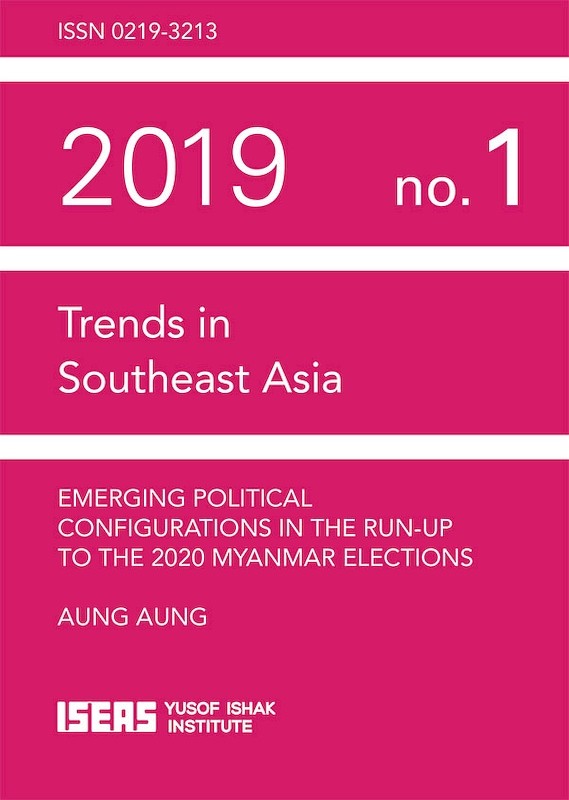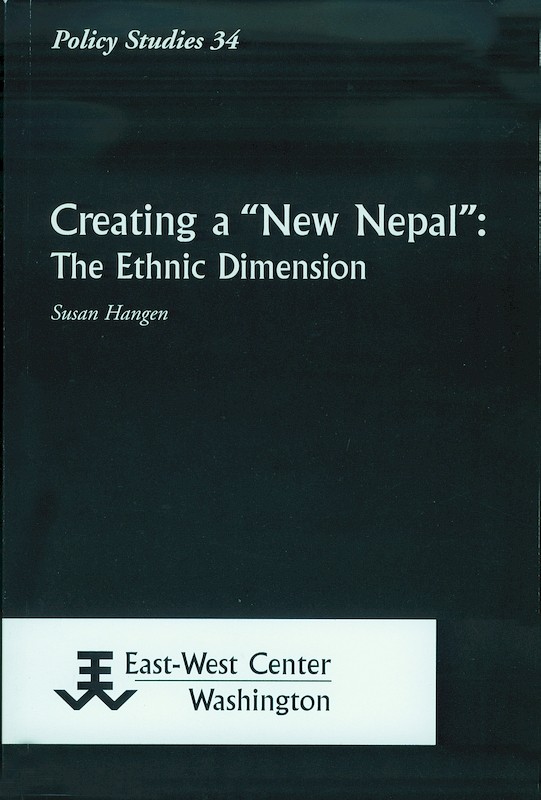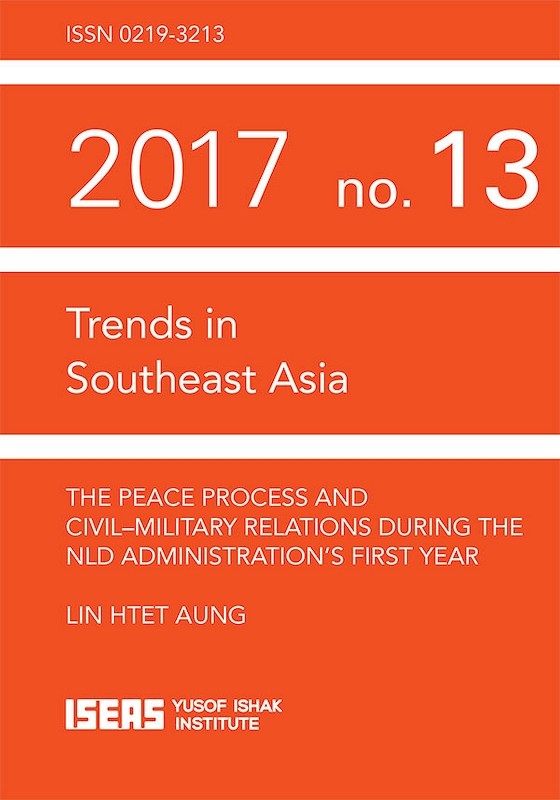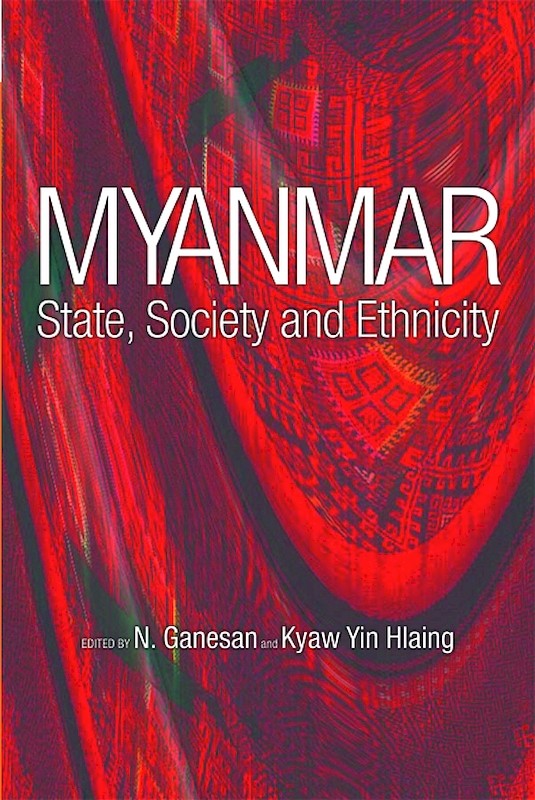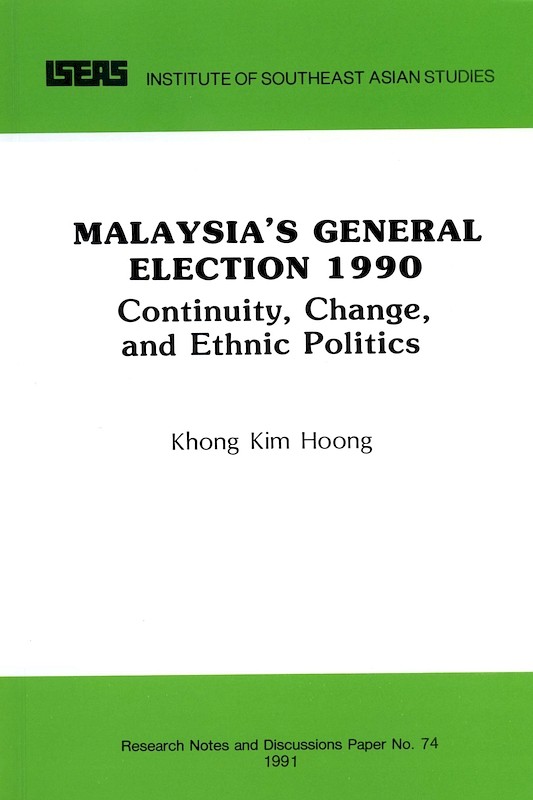Making Sense of the Election Results in Myanmar's Rakhine and Shan States

Su-Ann Oh, author
Date of publication:
2016
Publisher:
ISEAS – Yusof Ishak Institute
Number of pages:
28
Code:
TRS1/16
About the publication
This paper examines why ethnic parties did well in Rakhine and Shan States despite the fact that the National League for Democracy (NLD) was given a manifest mandate by the Myanmar electorate to represent its interests nationwide.
In Rakhine State, the electorate chose the Arakan National Party (ANP) over the other parties because of the fear that their cultural identity and right to govern themselves are threatened by Bamar political and cultural hegemony and Muslim/South Asian encroachment from the western border.
In Shan State, excluding the self-administered areas, the vote was split between the military-backed Union Solidarity and Development Party (USDP), the Shan Nationalities League for Democracy (SNLD) and the NLD. This was the only state/region where the USDP won the most number of seats.
Given the lack of available data, the best explanation that can be offered at present is that the combination of non-state armed ethnic group fighting, recent ceasefire agreements, and economic development of places such as the self-administered areas and urban centres influenced Shan State voters to choose the USDP.
The results of the election for ethnic affairs ministers approximate those of the nationwide results. Like the national and regional election results, the Rakhine as well as ethnic groups in Shan State voted for candidates from ethnic parties, indicating that the agenda of these ethnic parties is particularly important for those populations.
In Rakhine State, the electorate chose the Arakan National Party (ANP) over the other parties because of the fear that their cultural identity and right to govern themselves are threatened by Bamar political and cultural hegemony and Muslim/South Asian encroachment from the western border.
In Shan State, excluding the self-administered areas, the vote was split between the military-backed Union Solidarity and Development Party (USDP), the Shan Nationalities League for Democracy (SNLD) and the NLD. This was the only state/region where the USDP won the most number of seats.
Given the lack of available data, the best explanation that can be offered at present is that the combination of non-state armed ethnic group fighting, recent ceasefire agreements, and economic development of places such as the self-administered areas and urban centres influenced Shan State voters to choose the USDP.
The results of the election for ethnic affairs ministers approximate those of the nationwide results. Like the national and regional election results, the Rakhine as well as ethnic groups in Shan State voted for candidates from ethnic parties, indicating that the agenda of these ethnic parties is particularly important for those populations.
Contents
-
Making Sense of the Election Results in Myanmars Rakhine and Shan States
[Whole Publication, ISBN: 9789814695909], by Su-Ann Oh, author

